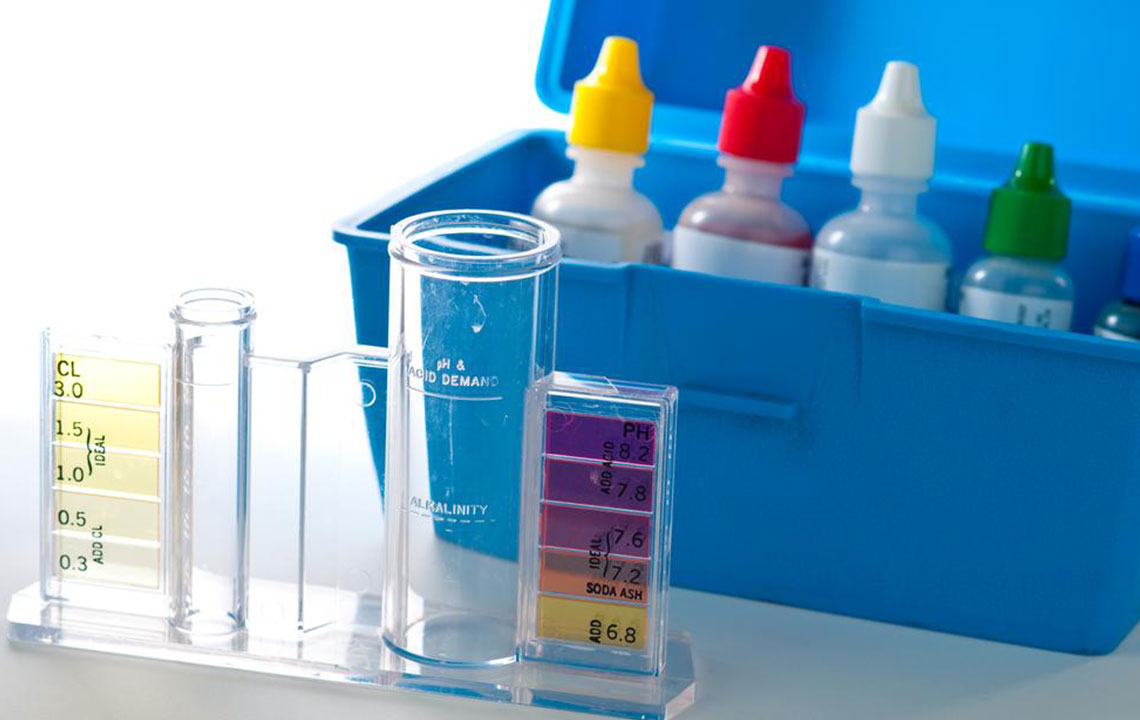
What is an A1C test?
A1C test analyses blood sugar levels for the past 2-3 months. It is used for diagnosing type 1 and type 2 diabetes and also to check blood sugar levels on a continuous basis. Lower A1C levels indicate good management of diabetes. A high A1C level can increase a person’s risk of diabetes complications.
Frequency of tests
The A1C test is first used to diagnose diabetes. Later, a doctor may recommend new tests to manage diabetes. Some instances include of these include the following:
- For those with type 1 diabetes, A1C tests are recommended 2-3 times in a year.
- For those with type 2 diabetes and who also use insulin, A1C tests are recommended at least four times in a year. Those who do not use insulin and have their blood sugar under control, two times may be sufficient.
- For people with prediabetes, A1C tests are recommended at least once a year.
The numbers
The A1C test is effective because it analyzes hemoglobin cells to check blood sugar levels. The typical lifespan of a red blood cell is three months. So, even if the current blood sugar is normal, if it was higher or lower in the past three months, the A1C test can reveal this. If a person has diabetes, it is necessary for the person to achieve lower A1C levels. The different A1C levels indicate how far has diabetes progressed:
- For blood sugar to be normal, the A1C levels need to be below 5.7%.
- People with diabetes have their A1C levels at 6.5%.
- The A1C level is 6.4% to 5.7% for those with prediabetes (blood sugar high but not yet diabetic).
A doctor can determine normal levels of A1C for each person with diabetes. A lower A1C level for one person may not be ideal for another person with diabetes.
A1C for diabetes management
If yA1C levels are high, it can indicate poor management of blood sugar levels. A doctor may recommend some steps to achieve lower A1C levels. The following steps can be followed to lower A1C levels:
- A change in diet.
- More physical activity or modification of current exercise plan.
- Use of diabetes medicines or insulin.




